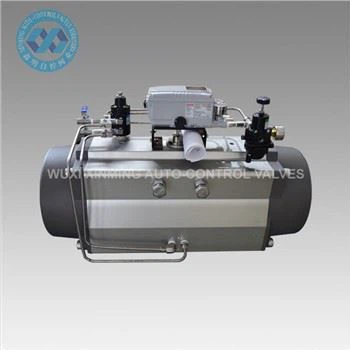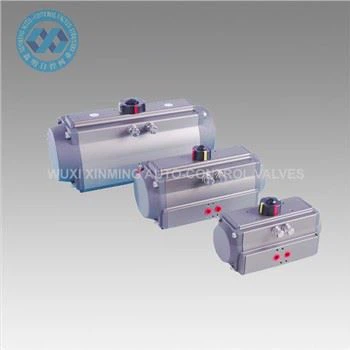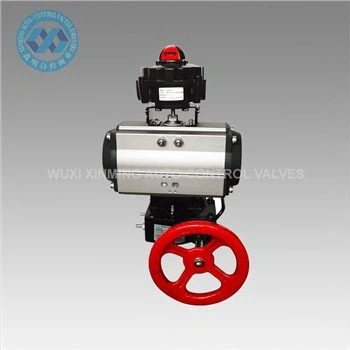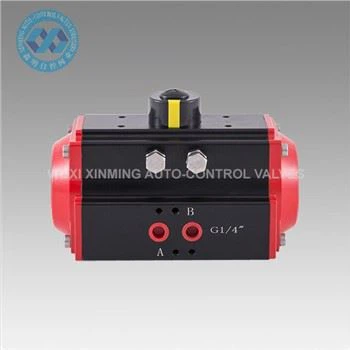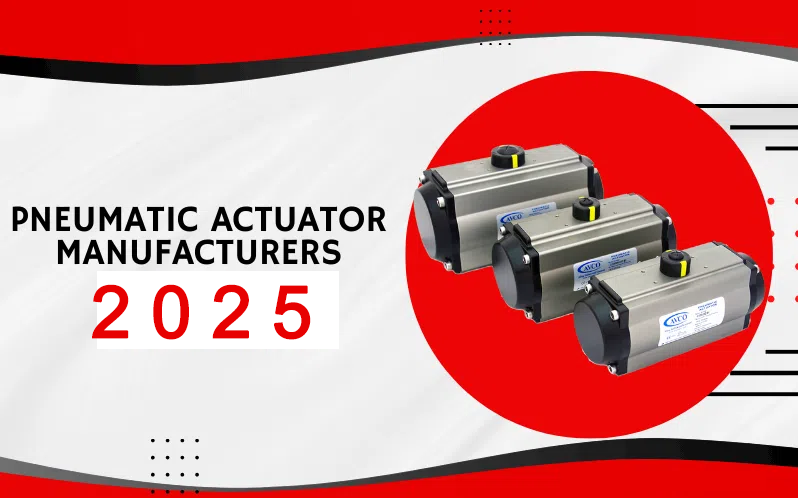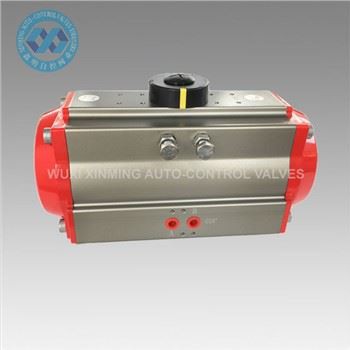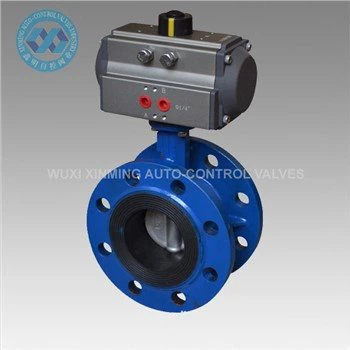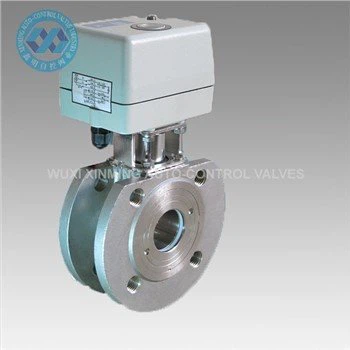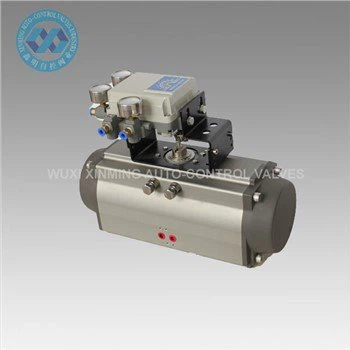Pneumatic actuators are reliable and durable, but like any mechanical system, they require proper troubleshooting and maintenance to ensure optimal performance. Below is a concise guide to common issues and best practices.
Common Troubleshooting Scenarios
-
Slow or Weak Actuation
- Causes: Low air pressure, restricted airflow (clogged filters/regulators), or leaks in the system.
- Fix: Check pressure settings, inspect air lines for blockages, and test for leaks using soapy water on connections.
-
Actuator Fails to Move
- Causes: No air supply, stuck valve, or damaged internal components (e.g., seals, pistons).
- Fix: Verify air supply integrity, clean or replace stuck valves, and inspect seals/pistons for wear.
-
Air Leaks
- Causes: Worn seals, loose fittings, or cracked tubing.
- Fix: Tighten connections, replace damaged seals, or repair/replace tubing.
-
Excessive Noise or Vibration
- Causes: Contaminated air (moisture/debris), misalignment, or worn bearings.
- Fix: Install air dryers/filters, realign the actuator, and lubricate or replace bearings.
-
Inconsistent Positioning
- Causes: Fluctuating air pressure, faulty positioners, or mechanical binding.
- Fix: Stabilize air supply, calibrate positioners, and ensure smooth movement of linkages.
Maintenance Best Practices
-
Regular Inspections
- Check for leaks, corrosion, and wear on seals, pistons, and valves.
- Monitor air quality: Use filters/dryers to remove moisture and contaminants.
-
Lubrication
- Apply pneumatic tool oil to seals and moving parts to reduce friction and extend lifespan.
- Follow manufacturer guidelines for oil type and frequency.
-
Seal Replacement
- Replace worn or cracked seals promptly to prevent leaks and pressure loss.
- Use compatible materials (e.g., Nitrile for standard use, Viton for high temperatures).
-
Clean Air Supply
- Ensure compressed air is clean, dry, and free of particulates to avoid internal damage.
-
Calibration
- Periodically calibrate pressure regulators, positioners, and control valves for accuracy.
-
Storage
- If unused, store actuators in a dry environment and cycle them occasionally to prevent seal degradation.
When to Seek Professional Help
- Persistent leaks or pressure issues despite troubleshooting.
- Internal component damage (e.g., bent rods, cracked cylinders).
- Complex systems with integrated controls or safety mechanisms.
Conclusion
Proactive maintenance and swift troubleshooting can significantly extend the life of pneumatic actuators and minimize downtime. Prioritize air quality, seal integrity, and regular inspections to keep systems running smoothly. For critical applications, establish a scheduled maintenance plan to address wear before failures occur.
If you want to learn more about low-priced products, please visit the following website: www.xm-valveactuator.com


